Late Titian, Late Rembrandt, Late Picasso, Late Matisse…. What is it with Late that seems to give some artists a Golden Age irradiated by a kind of sublime carelessness, a genuine sense of anything goes? A life spent learning means that in the end it might be worn lightly and the imagination set free. Of course, such a sublime coda is not given to all, as many an artist descends into self-parody, rather than ascending into a kind of upward free-fall.
But on the evidence of a selection of the sculptures Anthony Caro made in the last two years of his long life, he was continuing to delight in the motifs of the past five decades, and to expand on his constant preoccupations with new formulations and new materials.
He often riffed on older masterpieces of painting and sculpture. In the Nineties he worked on a massive grouping of several sculptures called The Last Judgment. Only six years ago an entire church in northern France became permanently replete with Caro’s Chapel of Light, the elaborate and endlessly fascinating sculptures in various kinds of metal subliminally recalling Christian iconography: the choreography of the posing of saints, the groupings of the Holy Family.
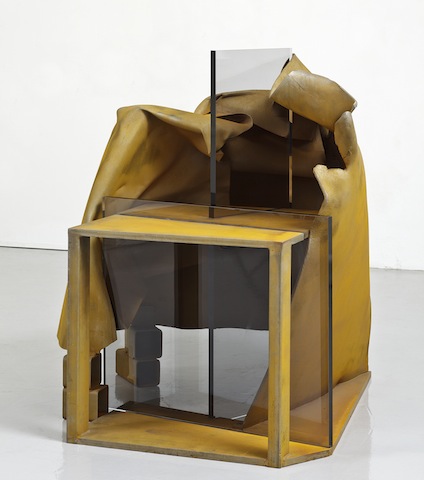 In his last two years, oddly energised by a huge project for a three-block-long procession on Park Avenue in New York, that in the end could not be realised, Caro turned to Perspex, mixing its transparency with the roughness of his steel forms, including found remnants. The latter recalled the hardiness of massive constructions and hinted at Caro’s own engineering studies before art lured him.
In his last two years, oddly energised by a huge project for a three-block-long procession on Park Avenue in New York, that in the end could not be realised, Caro turned to Perspex, mixing its transparency with the roughness of his steel forms, including found remnants. The latter recalled the hardiness of massive constructions and hinted at Caro’s own engineering studies before art lured him.
Here are two quite extraordinary meditations, in folded steel and Perspex, on Cézanne’s The Cardplayers: Sackbut, 2011-12 (main picture), and Card Game, 2013 (pictured above). Here the peasants absorbed in the game are transmuted into metal draped with awkward grace, further enlivened by a sheet of neutral Perspex. An aspect of these comparatively small – for Caro – sculptures is the touching way the two crumpled players in Sackbut seem in a kind of relationship: hunched in concentration over the invisible cards, furtively glancing at each other, assessing body language – all in a totally abstract idiom. Card Game, too, is a visual rendering of a form crumpled in a kind of intense concentration.
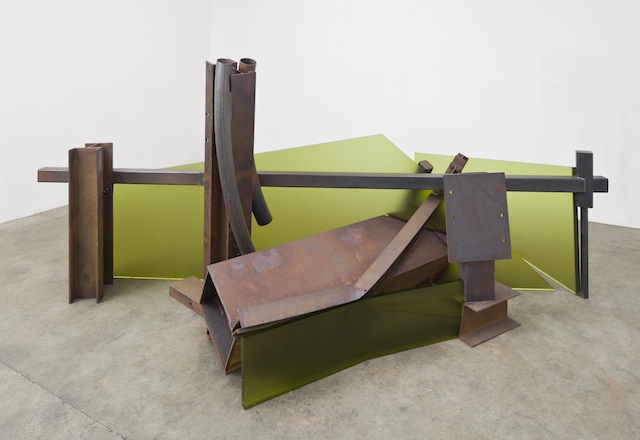 Caro often used a frosted colour – frosted raspberry, frosted lime – for the plastic. River Run, 2013 (pictured above) deploys angled sheets of translucent green plastic, almost suggesting the possibilities of watery movement, with metal architectural forms surprisingly suggestive of bridges, flowing river, paths, road, even, fancifully, a boat about to launch. No matter how abstract, and they are, Caro is always allusive as indicated by his titles. End of Time, 2013, uses brilliant scarlet Perspex cut out to indicate a sun, perhaps at the moment of apocalypse, blazing above a formation of industrial components, perhaps the kind of heavy metal that has just resisted a final meltdown.
Caro often used a frosted colour – frosted raspberry, frosted lime – for the plastic. River Run, 2013 (pictured above) deploys angled sheets of translucent green plastic, almost suggesting the possibilities of watery movement, with metal architectural forms surprisingly suggestive of bridges, flowing river, paths, road, even, fancifully, a boat about to launch. No matter how abstract, and they are, Caro is always allusive as indicated by his titles. End of Time, 2013, uses brilliant scarlet Perspex cut out to indicate a sun, perhaps at the moment of apocalypse, blazing above a formation of industrial components, perhaps the kind of heavy metal that has just resisted a final meltdown.
Bench, 2011-13 (pictured below), with its playful splashes of scarlet paint, is, for all its sharp angles and geometric playfulness, somehow also seductive, asking us to sit on one of its broad expanses. But it is of course look, don’t touch, which is a pity because Caro’s play with textures and surfaces – in this case, wood, Perspex and metal – is characteristically and idiosyncratically appealing.
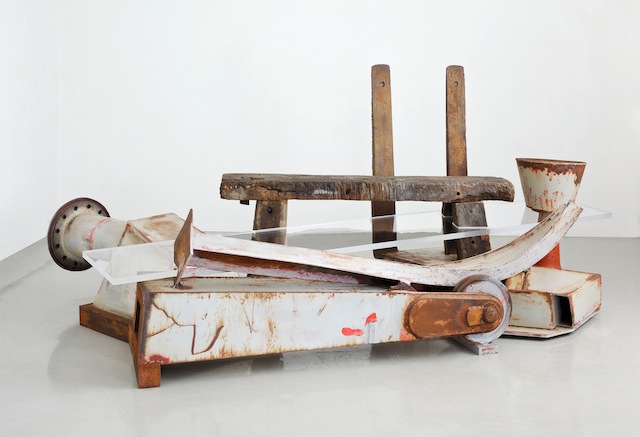 Caro was credited with being among the handful of artists who, in a sense, demystified sculpture, making it sit on the floor, not on a plinth, expanding its materials, using industrial paint and industrial remnants. But even more, this is sculpture absolutely in the round, almost impossible to photograph as it has to be encircled with new vistas from every angle. There is no one view, and in these last sculptures the very density of forms is an essential part of this curiously affecting final refinement. This is sculpture in ludic mode, playing on our subliminal responses to make stories, even narratives, out of roughly hewn geometries.
Caro was credited with being among the handful of artists who, in a sense, demystified sculpture, making it sit on the floor, not on a plinth, expanding its materials, using industrial paint and industrial remnants. But even more, this is sculpture absolutely in the round, almost impossible to photograph as it has to be encircled with new vistas from every angle. There is no one view, and in these last sculptures the very density of forms is an essential part of this curiously affecting final refinement. This is sculpture in ludic mode, playing on our subliminal responses to make stories, even narratives, out of roughly hewn geometries.

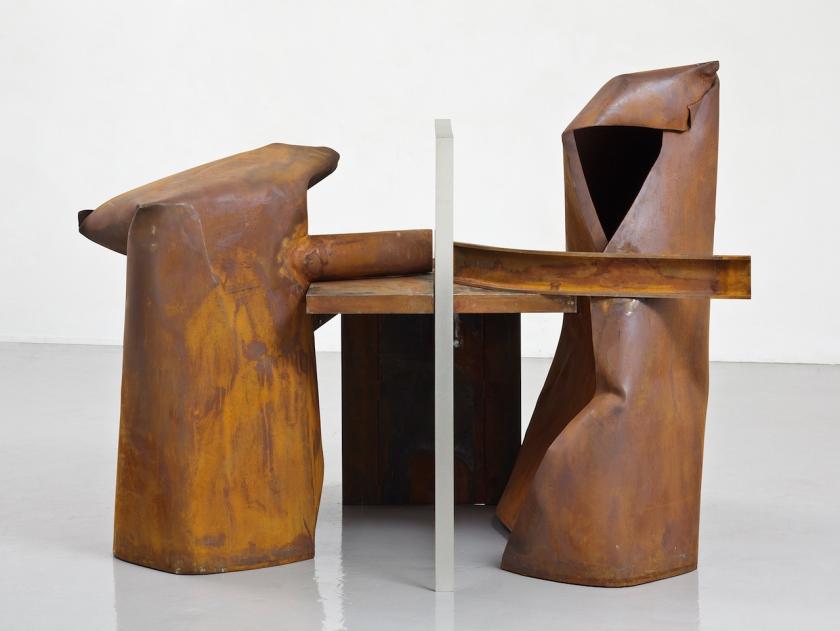

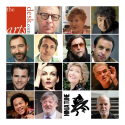

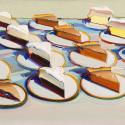


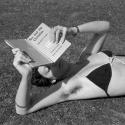
![SEX MONEY RACE RELIGION [2016] by Gilbert and George. Installation shot of Gilbert & George 21ST CENTURY PICTURES Hayward Gallery](/sites/default/files/styles/thumbnail_125_x_125_/public/mastimages/Gilbert%20%26%20George_%2021ST%20CENTURY%20PICTURES.%20SEX%20MONEY%20RACE%20RELIGION%20%5B2016%5D.%20Photo_%20Mark%20Blower.%20Courtesy%20of%20the%20Gilbert%20%26%20George%20and%20the%20Hayward%20Gallery._0.jpg?itok=3oW-Y84i)
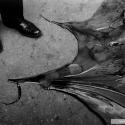
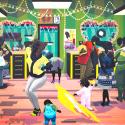
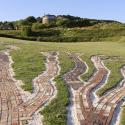
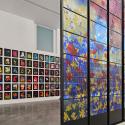
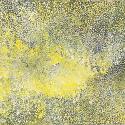
Add comment